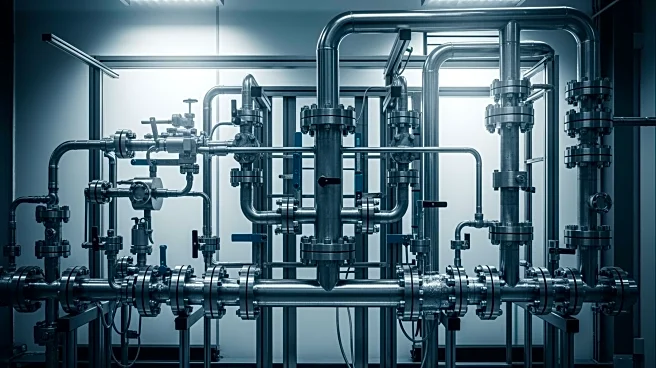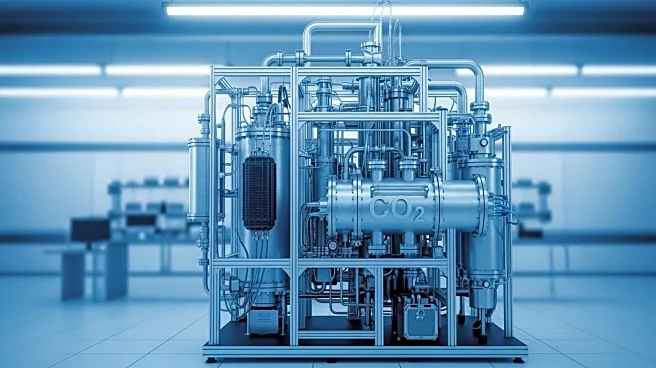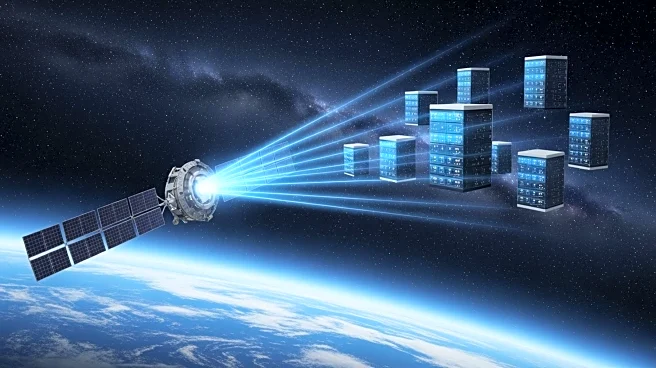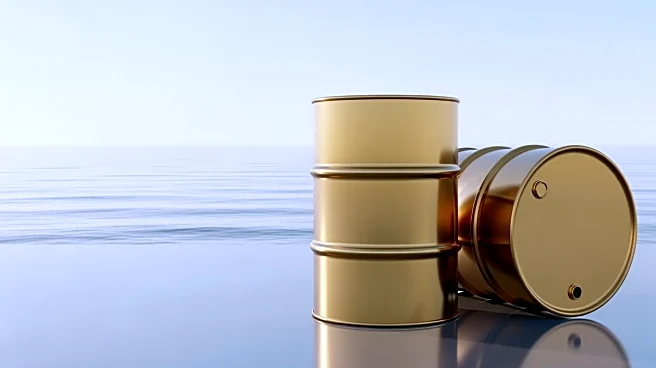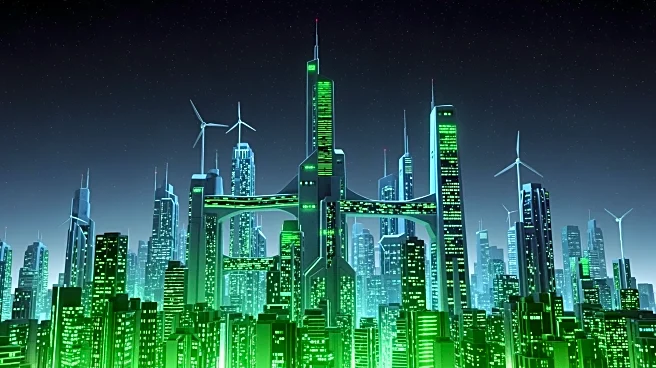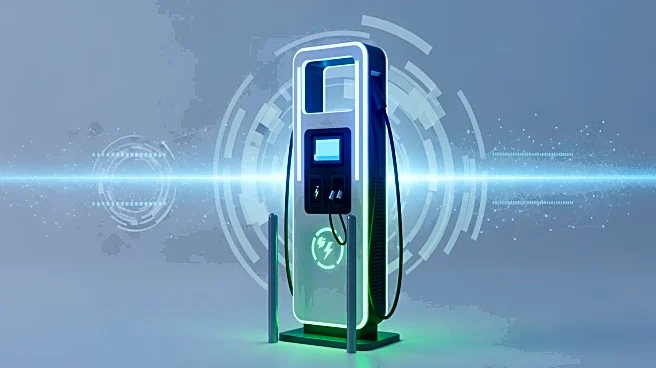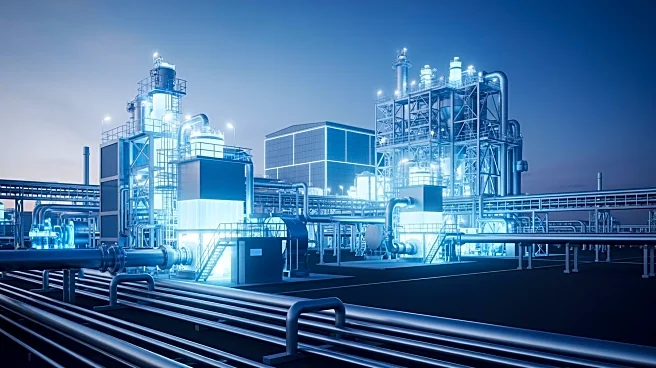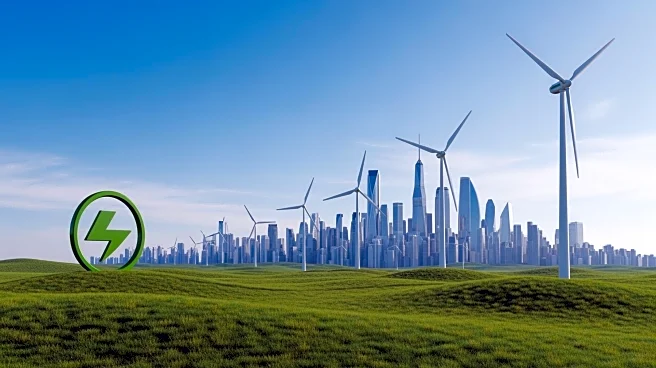What's Happening?
Xu Lu and colleagues have developed a high-pressure MEA electrolyzer that converts HP-cCO2 into ethylene at 20 bar pressure. This system integrates a single-atom indium-alloyed copper catalyst on the cathode
side, enabling direct ethylene production from HP-cCO2. The electrolyzer demonstrates exceptional operational stability, enhanced Faradaic efficiency, and elevated partial current density for ethylene production, outperforming conventional systems operating under ambient conditions. The system delivers ethylene with 99.9% purity, meeting industrial standards for commercial use. High-pressure in situ Raman spectroscopy reveals that elevated pressure shifts bicarbonate formation, mitigating salt precipitation and enhancing long-term stability.
Why It's Important?
The development of this high-pressure electrolyzer represents a significant advancement in the field of electrochemical CO2 reduction. Ethylene is a valuable industrial chemical used in the production of plastics and other materials. The ability to produce ethylene directly from CO2 at high pressures could lead to more efficient and sustainable industrial processes. This technology has the potential to reduce reliance on fossil fuels and decrease carbon emissions, contributing to environmental sustainability. The system's high purity output and operational stability make it suitable for commercial applications, potentially transforming the chemical industry.
What's Next?
Further research and development could focus on scaling up the technology for industrial applications. The system's ability to produce high-purity ethylene may attract interest from chemical manufacturers seeking sustainable production methods. Researchers may explore additional applications of the high-pressure electrolyzer, such as producing other valuable chemicals from CO2. The technology could also inspire innovations in CO2 capture and utilization, contributing to global efforts to combat climate change.
Beyond the Headlines
The electrolyzer's development highlights the importance of interdisciplinary collaboration in advancing chemical engineering. The integration of advanced catalysts and high-pressure systems reflects the growing trend of combining materials science with chemical engineering to achieve sustainable solutions. The research underscores the potential of high-pressure systems to enhance chemical reactions, offering insights into future innovations in the field.
